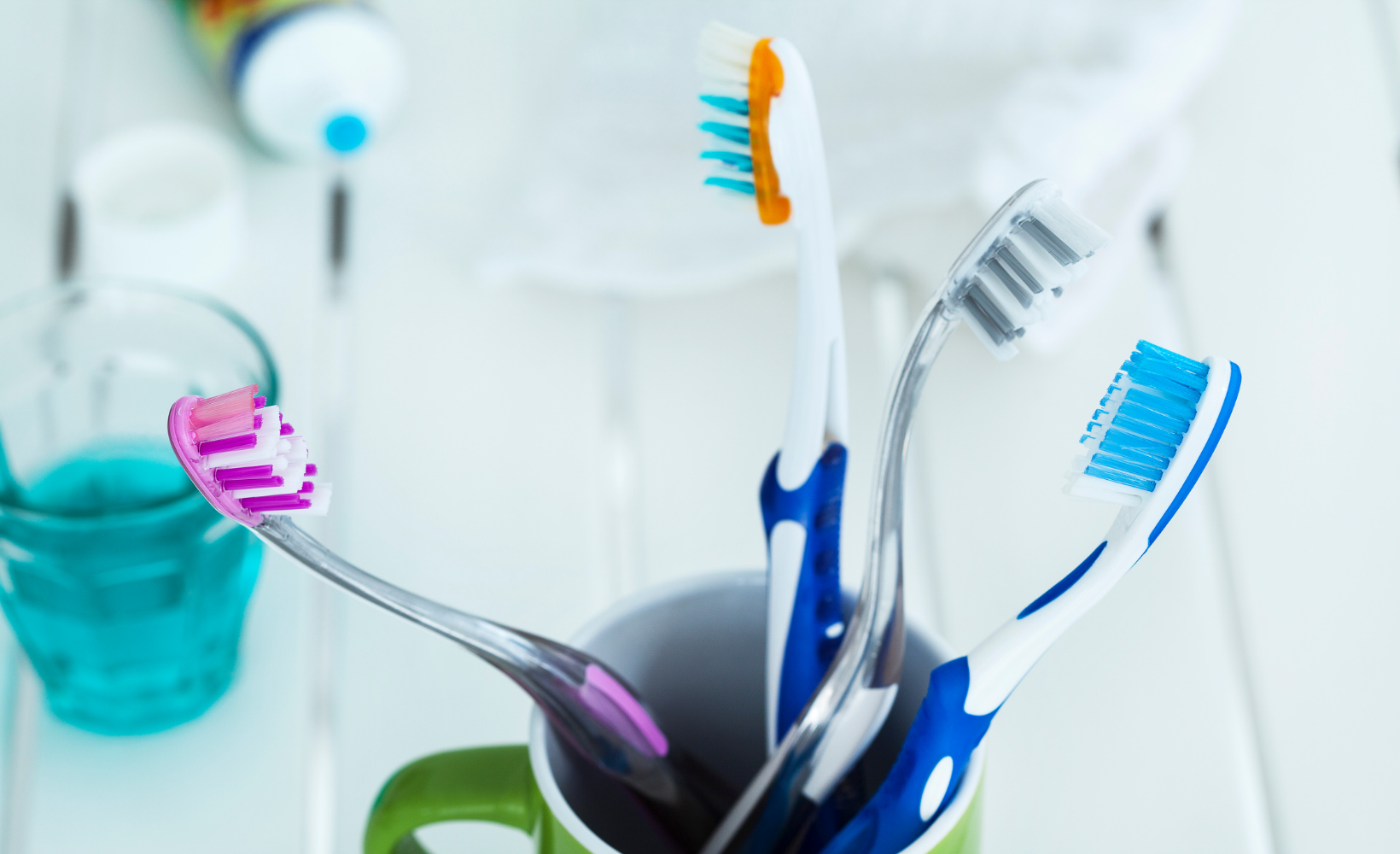Since you’re reading this article, you obviously care about your oral health. You visit the dentist, brush often and hopefully floss on a regular basis. But how long has it been since you changed out your toothbrush? You may not have any idea. After all, even if you’re practicing good oral hygiene, you only spend four minutes a day together. You probably forget about the poor thing as soon as you leave the bathroom. But the truth is, replacing your toothbrush is important for a number of reasons. An overused toothbrush can cause all kinds of problems. So how do you know when your toothbrush has given all it has to give? Read on and find out!
What is the lifespan of a toothbrush?
The American Dental Association (ADA) recommends changing your toothbrush every three to four months, and more frequently if the bristles get frayed. Believe it or not, a toothbrush is more than a simple scrub brush. If you look at a brush head closely, you will notice that it’s made up of small groups of bristles that are all different colors, lengths, and sizes. Whether you use a manual or an electric toothbrush, each toothbrush head is engineered to reach specific areas of your teeth and gums.
The lifespan of a toothbrush or brush head is based on brushing your teeth twice a day for two minutes. Every time you use your toothbrush, the friction between the bristles and your teeth wears down the brush head, which affects the ability of your toothbrush to clean your mouth effectively. This wear and tear is why dental professionals recommend getting a new toothbrush after three to four months of use at a minimum.
Of course, this is only a guideline. Your brushing habits are what really determine how often you should replace your toothbrush. If you are extra vigilant about your oral health and brush your teeth after every meal in addition to morning and evening, your brush head will wear out faster. Also, if your teeth are crooked, or you tend to bear down too hard while brushing, the bristles on your brush head won’t last as long. Most electric toothbrush heads and even some manual toothbrushes have wear indicators on the bristles that will tell you when it’s time to replace your toothbrush or toothbrush head. Some electric toothbrush manufacturers even have a subscription service you can sign up for, so you don’t even have to remember to make a change!
Why is it important to change your toothbrush every 3 months?
Besides the bristles wearing down, there are other reasons why it’s a good idea to replace your toothbrush every three to four months. Germs, for one. The purpose of brushing your teeth in the first place is to get rid of bacteria and food particles that lead to plaque and tartar. While some of that bacteria is trapped by toothpaste and gets rinsed out of your mouth, a good portion of it stays on our toothbrush heads. That’s one reason to store your toothbrush out in the open and not in a drawer or medicine cabinet. Allowing toothbrush heads to air dry thoroughly between brushing can keep bacteria at bay, but after a few months you’ll want to replace it before putting it back in your mouth.
Another good time to get a new toothbrush is after you’ve been sick. The germs that made you sick in the first place can live on toothbrushes, reinfecting you every time you brush. It’s also possible to contaminate your toothpaste, spreading those germs to other members of your family if you share a tube. Do yourself a favor and change your toothbrush as soon as you start feeling better.
What happens if you don’t replace your toothbrush?
If you never change your toothbrush, it can affect your oral health in a number of ways. First of all, worn bristles will not clean your teeth properly, and it might lead to a buildup of plaque and increasing your risk of developing gum disease. This is especially true if you use an electric toothbrush because the bristles tend to be shorter and more engineered. If the toothbrush head gets even a little bit worn, the brush will not work as well it’s supposed to. Frayed bristles can also cause damage to the gum tissue, resulting in bleeding and sore gums, so it’s important to check your brush head periodically to make sure the bristles are in good shape.
Not changing your toothbrushes may also make you sick. Your toothbrush head is a great place for bacteria, fungus, and mold to hide. If you don’t replace your brush often enough, it’s possible to introduce those germs into your body, which nobody wants to do. That alone should be enough to motivate people to change out their brushes regularly!
Now is as good a time as any.
Is using an old toothbrush bad? It’s certainly not ideal. If you can’t remember the last time you replaced your toothbrush, seize the day and do it right now. Your dentist along with the ADA will always recommend replacing your electric or manual toothbrush after using it for three to four months at a minimum. Doing so will keep your mouth healthy and clean, and keep the germs away as well. So really, throw that toothbrush away and get a new one. Remember that when it comes to toothbrushes, change is good!
